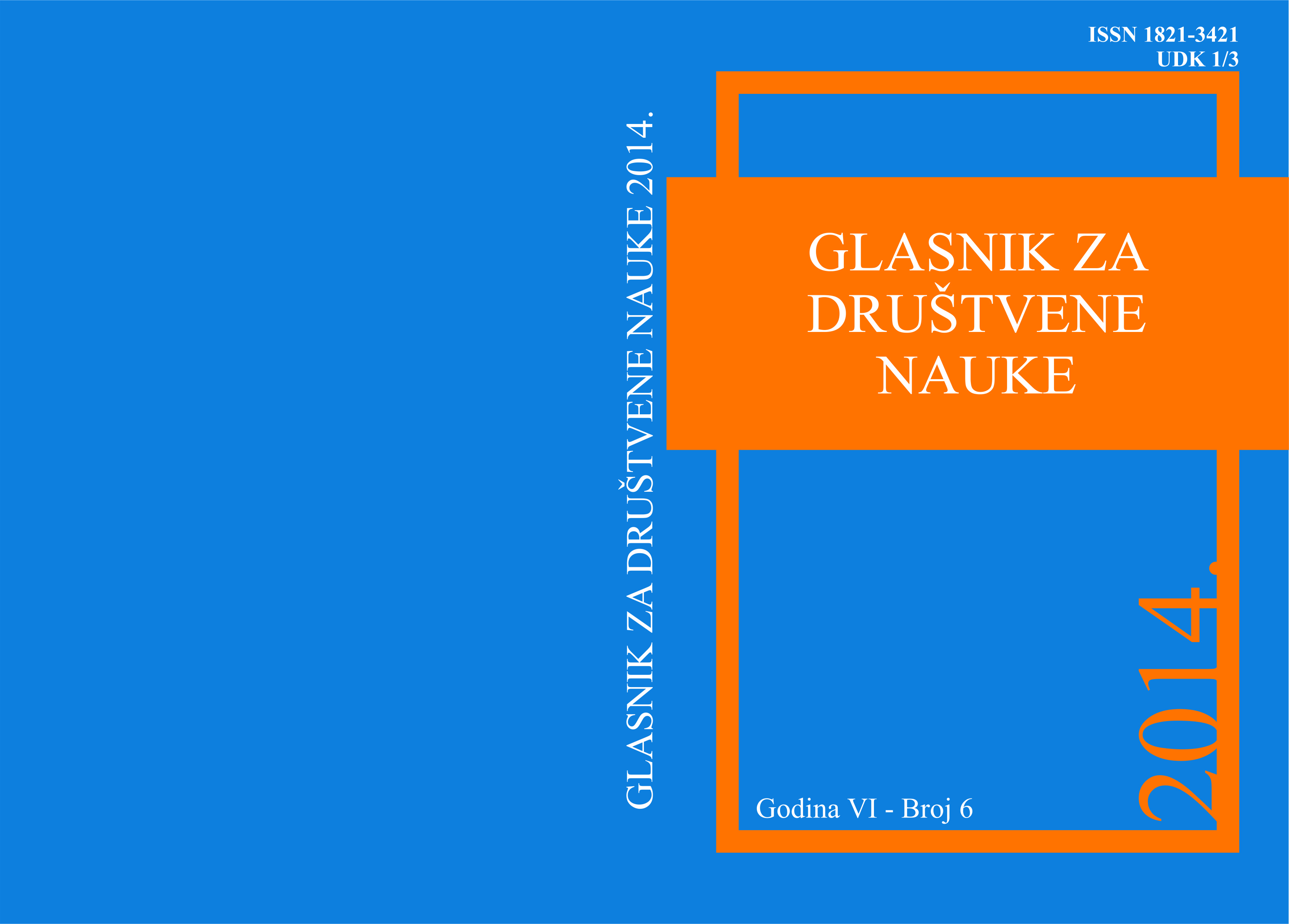The ongoing reform of the contemporary common agricultural policy ot the european union in light of the environmental requirements of the EU
Keywords:
The Common Agricultural Policy of the EU (CAP), agricultural subsidies, CAP reforms, organizational structure of the CAP, environmental dimension of the CAP, Cross-compliance mechanism of the CAP, Health check reform, ongoing CAP reform proposalAbstract
At the beginning of the XXI century, modern society faces a worrying lack of limited natural resources. Traditional farming has led to the emergence of enormous environmental costs and agricultural externalities. The above mentioned problems have led to necessary changes in agriculture, which are reflected in the final adoption of the concept of sustainable agriculture. Considering that it takes into account the interests of the future generation, sustainable agriculture can be achieved by avoiding the harmful effects of traditional agriculture, the constant application of new knowledge about sustainable technology, as well as active application of empirical knowledge. This paper analyzes the most important objectives of the Common Agricultural Policy of the European Union (CAP), with the remark that they can often be contradictory. This policy is focused on providing a range of public goods and it is characterized by double pillar organizational structure. The first pillar comprises market measures, with particular emphasis on the direct subsidies payment to European farmers, as well as other CAP market measures support. The second pillar of this policy is directed to providing specific public goods, rural development and more balanced regional development within the EU. The CAP second pillar also emphasizes the importance of...
References
Anderson, K., & Blackhurst, R. (1992) The Greening of World Trade Issues. Ann Arbor: University of Michigan Press.
Cantore, N., Kennan, J., & Page, S. (2011) CAP reform and development – Introduction, reform options and suggestions for further research. London: Overseas Development Institute.
Howarth, C., Kullmann, A., & Swidlicki, P. (2012) More for less: Making the EU´s farm policy work for growth and the environment. London: Open Europe.
Kovačević, D., & Momirović, N. (2001) Sustainable farming systems – the concept toward environmental protection. 1st international symposioum Food in 21st Century, 14-17. november 2001 (196-211). Subotica: Naučni Institut za ratarstvo i povrtartsvo.
European Commission. Cross-compliance. (2014), Preuzeto sa http://ec.europa.eu/agriculture/envir/cross-compliance/index_en.htm
European Commission. Integrating environmental concerns into the CAP (2014), Preuzeto sa http://ec.europa.eu/agriculture/envir/cap/index_en.htm#polluter
European Commission. Communication from the Commission to the European Parliament, the Council, the European Economic and Social Committee and the Committee of the Regions – A Budget for Europe 2020. (2011)
European Commission. Health Check of the Common Agricultural Policy. (2009), Preuzeto sa http://ec.europa.eu/agriculture/healthcheck/index_en.htm
Summaries of EU legislation. Reform of the common agricultural policy (CAP). (2010), Preuzeto sa http://europa.eu/legislation_summaries/agriculture/general_framework/l60002_en.htm
Tietenberg, T. (2003). Environmental and Natural Resource Economics, Boston: Addison Wesley.
Tietenberg, T., & Lewis, L. (2012) Environmental & Natural Resource Economics, Ninth Edition. Boston: Pearson.
Vidović, B. (2010) Zajednička poljoprivredna politika. Europska unija (419-444), Zagreb: MATE.
Downloads
Published
Issue
Section
License

This work is licensed under a Creative Commons Attribution-NonCommercial-NoDerivatives 4.0 International License.


